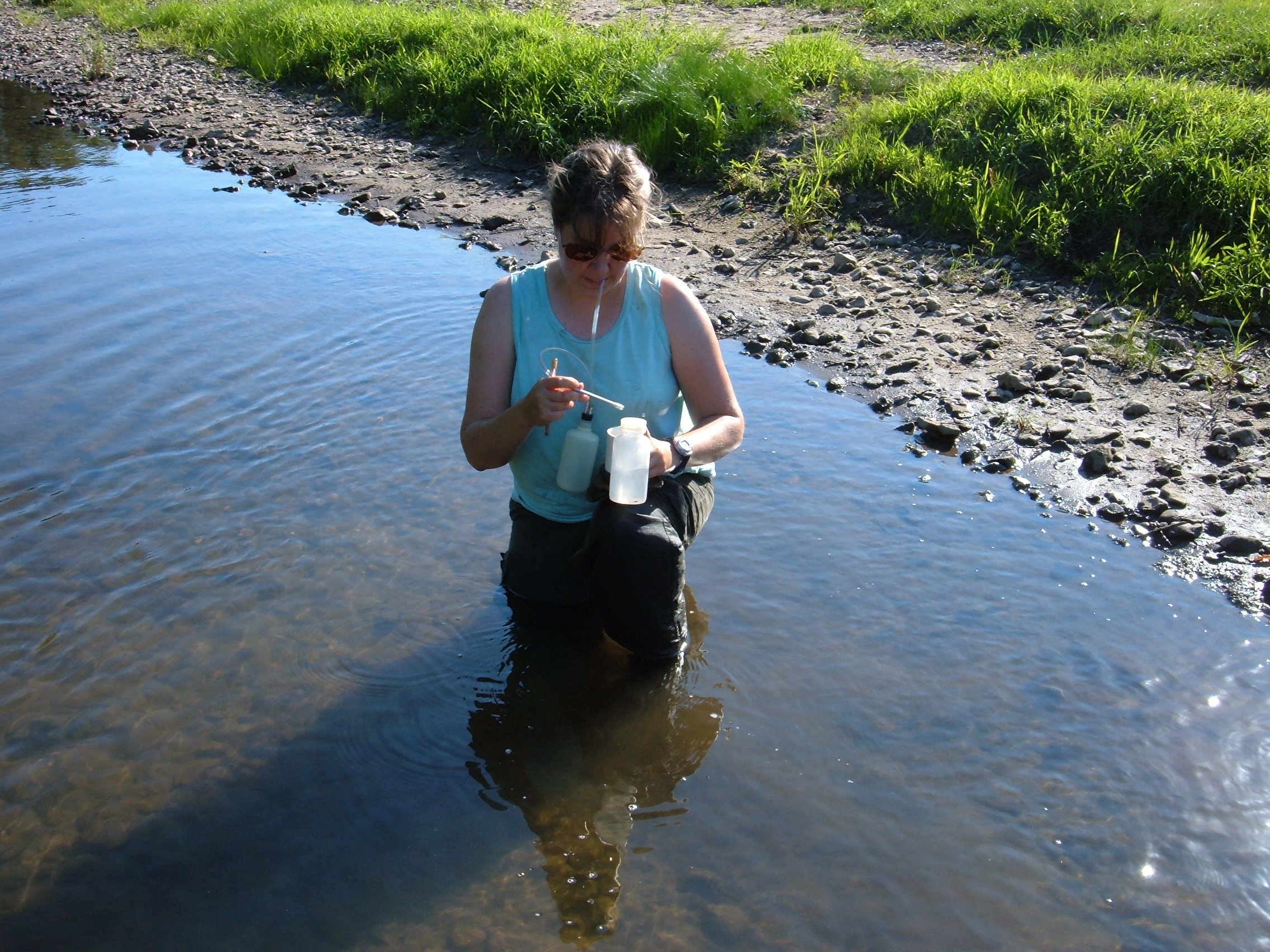Start Date: 2005
End Date: 2007
Full Citation:
U.S. Environmental Protection Agency, $374,000, 2005–2007. Identification and characterization of reference conditions of wadeable streams within USEPA Region 7 using Environmental Monitoring and Assessment Program (EMAP) methodology. PI: D. Huggins. Co-PIs: D. Baker, D. Dzialowski.
Category:
- Aquatic
Associated with the KU Field Station: No
Research Summary:
We sampled reference streams located in USEPA Region 7 using the USEPA EMAP methodology. From a larger pool of approximately 298 a priori defined reference stream sites in USEPA Region 7, we selected roughly 60 for for possible sampling using EMAP methodology. In 2005 we sampled 17 streams, and in 2006 sampled 31 streams in Iowa, Nebraska, and Kansas. We sampled fish, macroinvertebrates and stream parameters at 11 transects at each stream site. We returned the fish and macroinvertebrates to the lab for identification. Water samples were returned to the CPCB labs for analysis of nutrients and chlorophyll. USEPA Region 7 labs analyzed water samples for metlas and herbicides. The USEPA NEHRL lab in Corvallis OR scanned our field habitat sheets and calculated habitat metrics. All data are available in the database below.
The research will provide an overarching regional quantification of reference conditions and sites within USEPA Region 7. Most of the states in the region have ongoing statewide biological assessment programs that use a defined reference condition approach, and their expertise and guidance will be solicited to provide a team-oriented framework for defining and characterizing the regional reference sites and conditions. The resulting data will be used by the USEPA Region 7 Biocriteria workgroup to develop core biological reference conditions (fish and macroinvertebrates) for the region.
Baker, D.S, D.G. Huggins, and R. Everhart. 2009. Identification and Characterization of Reference Conditions within USEPA Region 7 using EMAP methodology. Kansas Biological Survey Open-file Report No. 156, Lawrence, Kan. 77 pp.
Images:


